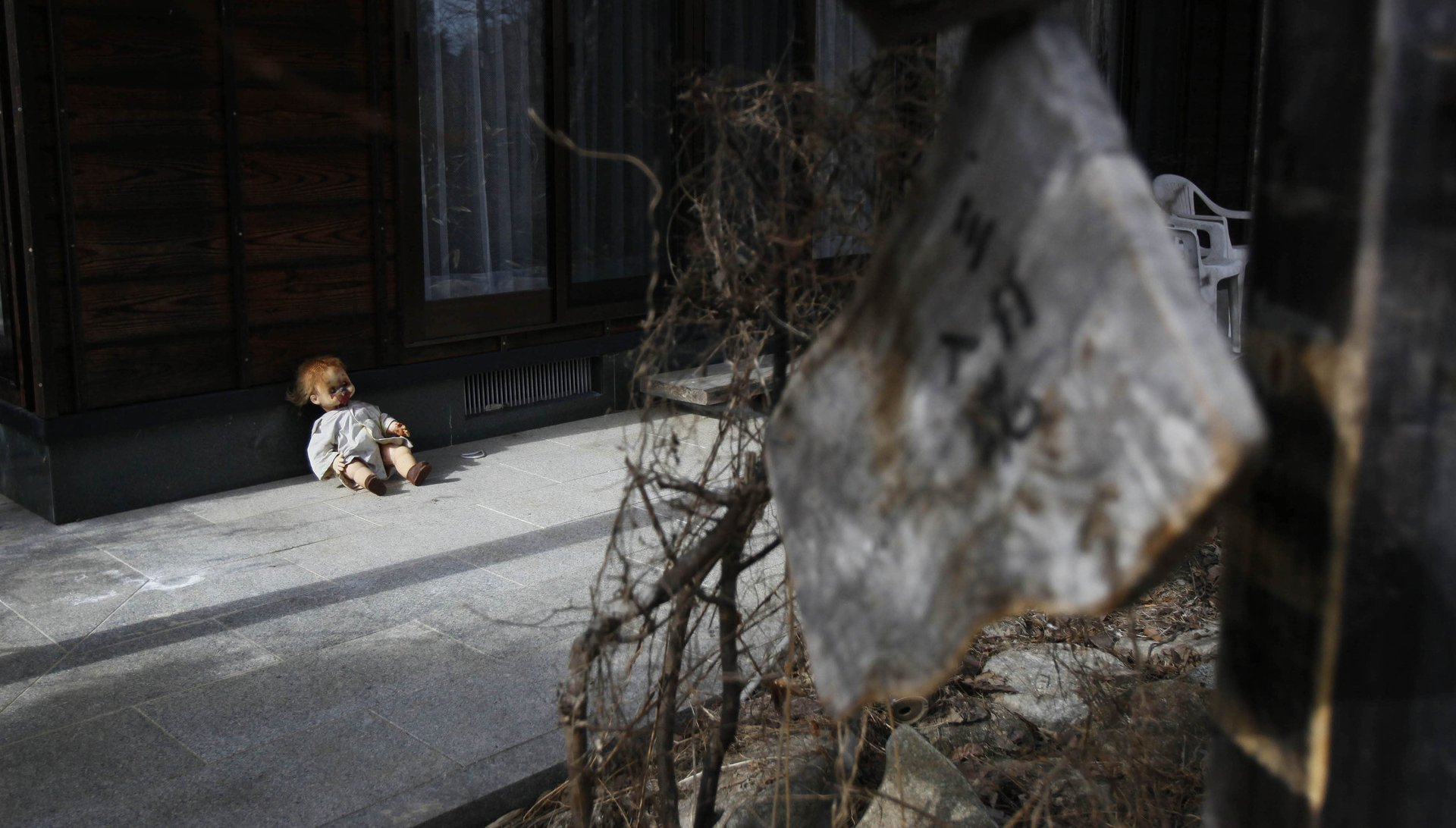Abandoned land in Japan will be the size of Austria by 2040
Unclaimed land and “ghost homes” can be found all over Japan, thanks to the country’s dwindling population.


Unclaimed land and “ghost homes” can be found all over Japan, thanks to the country’s dwindling population.
A private research group headed by a former government minister today warned that the area (link in Japanese) of vacant land and homes could by 2040 be as big as Japan’s northernmost island of Hokkaido—about 83,000 sq km (32,000 sq miles), or the size of Austria. The area is currently about 41,000 sq km, slightly bigger than Japan’s southern island of Kyushu.
Many of Japan’s 8 million ghost homes—or akiya—are often left empty indefinitely. Once the owner of the land or the house dies, it’s difficult to track down the heir to the property to proceed with any action like tearing down the building. It also makes it impossible for local authorities to collect property taxes without knowing the identity of the landowner—some municipalities continue to levy taxes under the dead person’s name when the heir cannot be identified. Re-registering title deeds (paywall) is also bureaucratic and expensive. Land ownership issues have hindered the reconstruction of the Tohoku region, which was destroyed by the tsunami and earthquake in 2011, according to the Tokyo Foundation, a think tank.
Abandoned houses are also fire hazards, while untreated rubbish, overgrown vegetation, and deteriorating structures can pose health and safety risks.
Even where homes have identifiable heirs, they are often unable to sell because there’s a lack of interested buyers—many of these houses are in rural areas or suburbs (paywall) unattractive to young buyers, while Japanese people are also reluctant to buy second-hand homes. Only 15% of homes sold in Japan are second-hand, compared to 90% in the US and the UK, according to the Financial Times (paywall). To facilitate buying, many local governments list akiya on dedicated websites, such as this one in Fukui prefecture (link in Japanese). The site provides not only the basic specs of the empty houses, but also the level of maintenance each one requires. In some cases, where the owner can be identified, local authorities provide a subsidy (paywall) to aid in demolishing the home.
The Japanese government passed a law in 2015 allowing local governments to penalize owners of akiya who don’t demolish or refurbish the homes. That year, Yokosuka, a city near Tokyo that hosts a large US military base, became the first city in Japan to tear down a house under the new “Law for Special Measures to Promote Dealing with Vacant Houses.”
The land ministry on Monday announced preliminary plans to allow the utilization (link in Japanese) of properties that have been left unclaimed for five years for “beneficial” purposes such as agriculture.
The research group mentioned above also estimated that (link in Japanese) economic losses in 2016 from abandoned properties totaled ¥180 billion ($1.6 billion), with the annual figure rising to ¥310 billion by 2040. Hiroya Masuda, the former minister who chaired the group, warned in a 2014 book that about 900 cities, towns, and villages in Japan would be extinct by 2040.